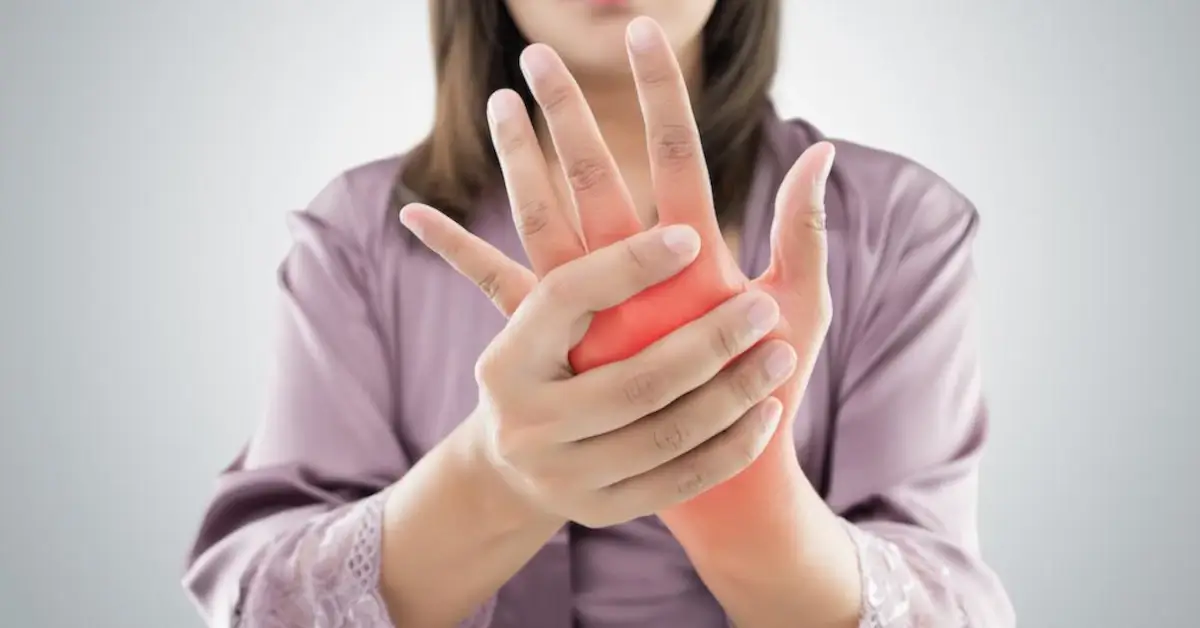Wrist arthroscopy is one of the great innovations in the field of hand surgery. While it was first used for diagnostic purposes in 1979, it took until the mid-1980s for it to become widely accepted as a diagnostic method. A few years later, wrist arthroscopy became a standard for therapeutic treatment as well as diagnostic purposes.
It is helpful to understand the anatomy of the wrist in order to appreciate the innovation of wrist arthroscopy. The wrist is a complicated and challenging joint. It consists of eight carpal bones, multiple articular surfaces with extrinsic and intrinsic ligaments, and a triangular fibrocartilage complex (TFCC)—all within five centimeters of each other. When a surgeon performs wrist arthroscopy, the bright illumination and magnification enables him/her to directly visualize cartilage, synovial tissue, and ligaments. This makes it better for the surgeon, and with relative minimal disruption in comparison to other surgeries—better for the patient.
The American Academy of Orthpaedic Surgeons (AAOS) outlines the common conditions that can be successful treated by wrist arthroscopy.
Arthroscopic Surgical Treatment
Arthroscopic surgery can be used to treat a number of conditions of the wrist.
- Chronic wrist pain. Arthroscopic exploratory surgery may be used to diagnose the cause of chronic wrist pain when the results of other tests do not provide a clear diagnosis. Often, there may be areas of inflammation, cartilage damage, or other findings after a wrist injury. In some cases, after the diagnosis is made, the condition can be treated arthroscopically as well.
- Wrist fractures. Small fragments of bone may stay within the joint after a bone breaks (fractures). Wrist arthroscopy can remove these fragments, align the broken pieces of bone, and stabilize them by using pins, wires, or screws.
- Ganglion cysts. Ganglion cysts commonly grow from a stalk between two of the wrist bones. During an arthroscopic procedure, the surgeon can remove the stalk, which may reduce the change that these cysts will return.
- Ligament / TFCC tears. Ligaments are fibrous bands of connective tissue that link or hinge bones. They provide stability and support to the joints. The TFCC is a cushioning structure within the wrist. A fall on an outstretched hand can tear ligaments, the TFCC, or both. The result is pain with movement or a clicking sensation. During arthroscopic surgery, the surgeon can repair the tears.
- Carpal tunnel release. Carpal tunnel syndrome is characterized by numbness or tingling in the hand, and sometimes with pain up the arm. It is caused by pressure on a nerve that passes through the carpal tunnel. (The carpal tunnel is formed by the wrist bones and a thick tissue roof.) Pressure can build up within the tunnel for many reasons, including irritation and swelling of the tissue (synovium) that covers the tendons. If the carpal tunnel syndrome does not respond to nonsurgical treatment, one option is to repair the area surgically. The surgeon would cut the ligament roof and enlarge the tunnel. This would reduce pressure on the nerve and relieve symptoms. This can sometimes be done using an arthroscope.
Dr. Michael Horowitz’s goal with wrist arthroscopy is for patients to return as quickly as possible to a pain-free, pre-injury status. He and his staff pride themselves on their personalized approach, guaranteeing they meet the unique needs of individual patients. Dr. Michael Horowitz and his staff remain true to the motto of the practice: No Two Hands are Alike.

